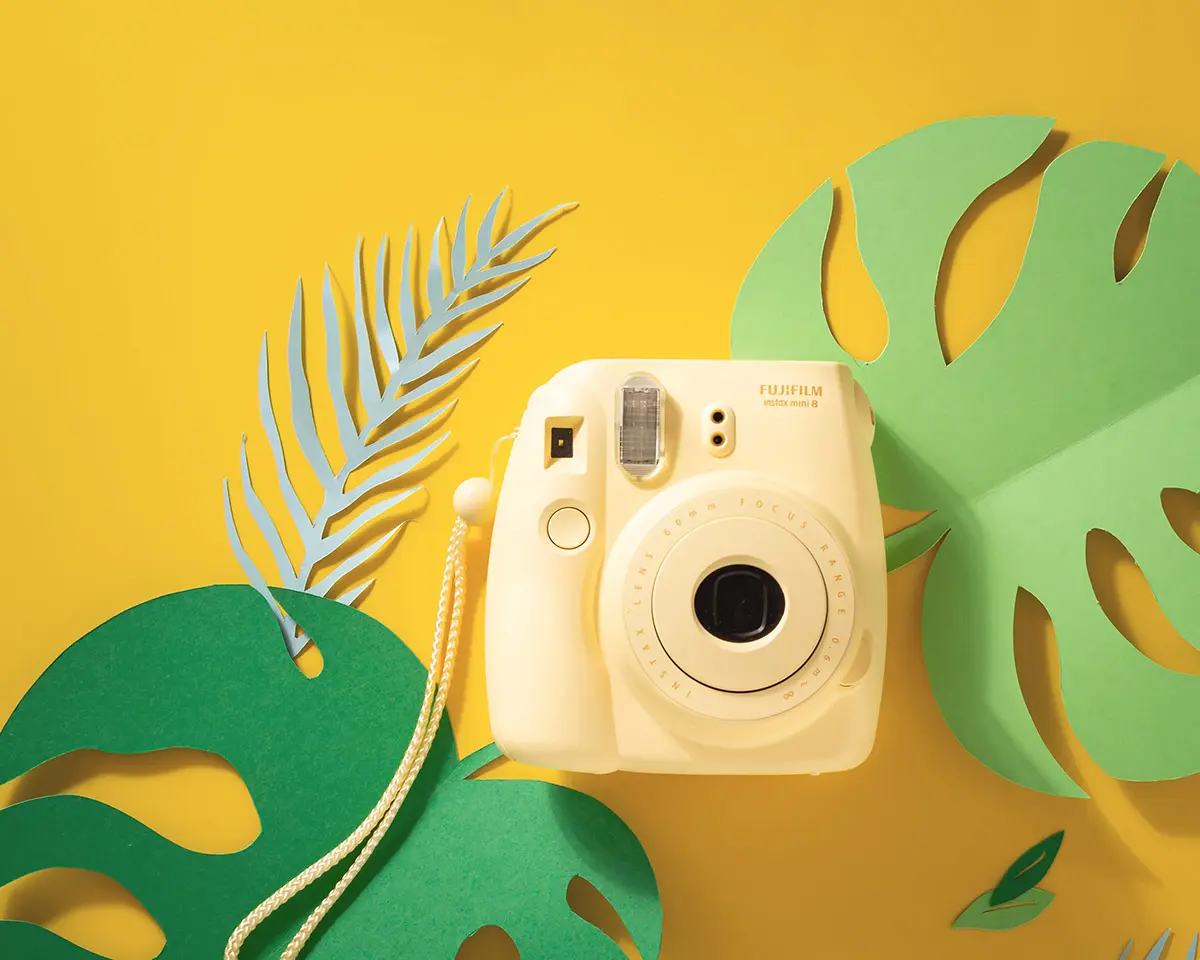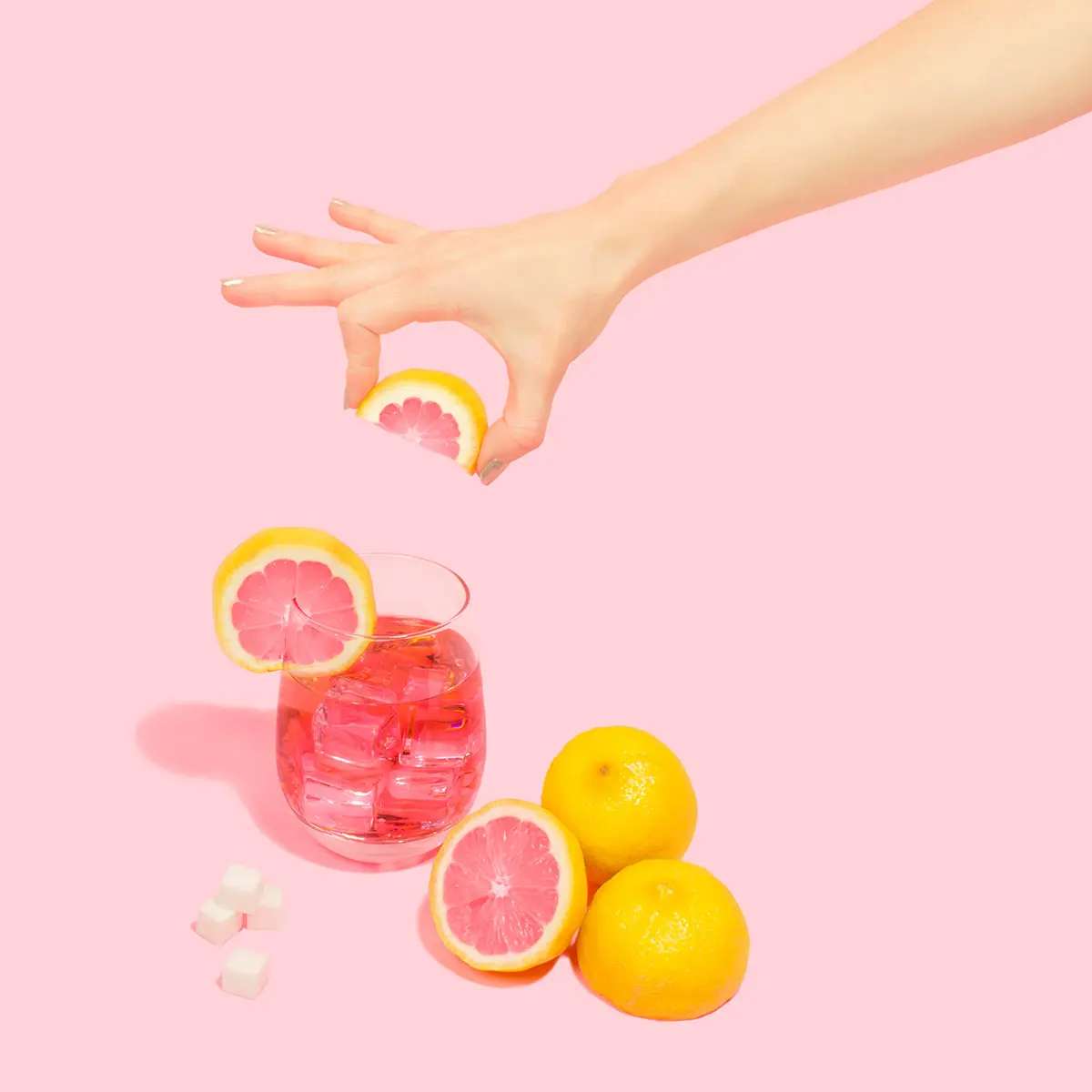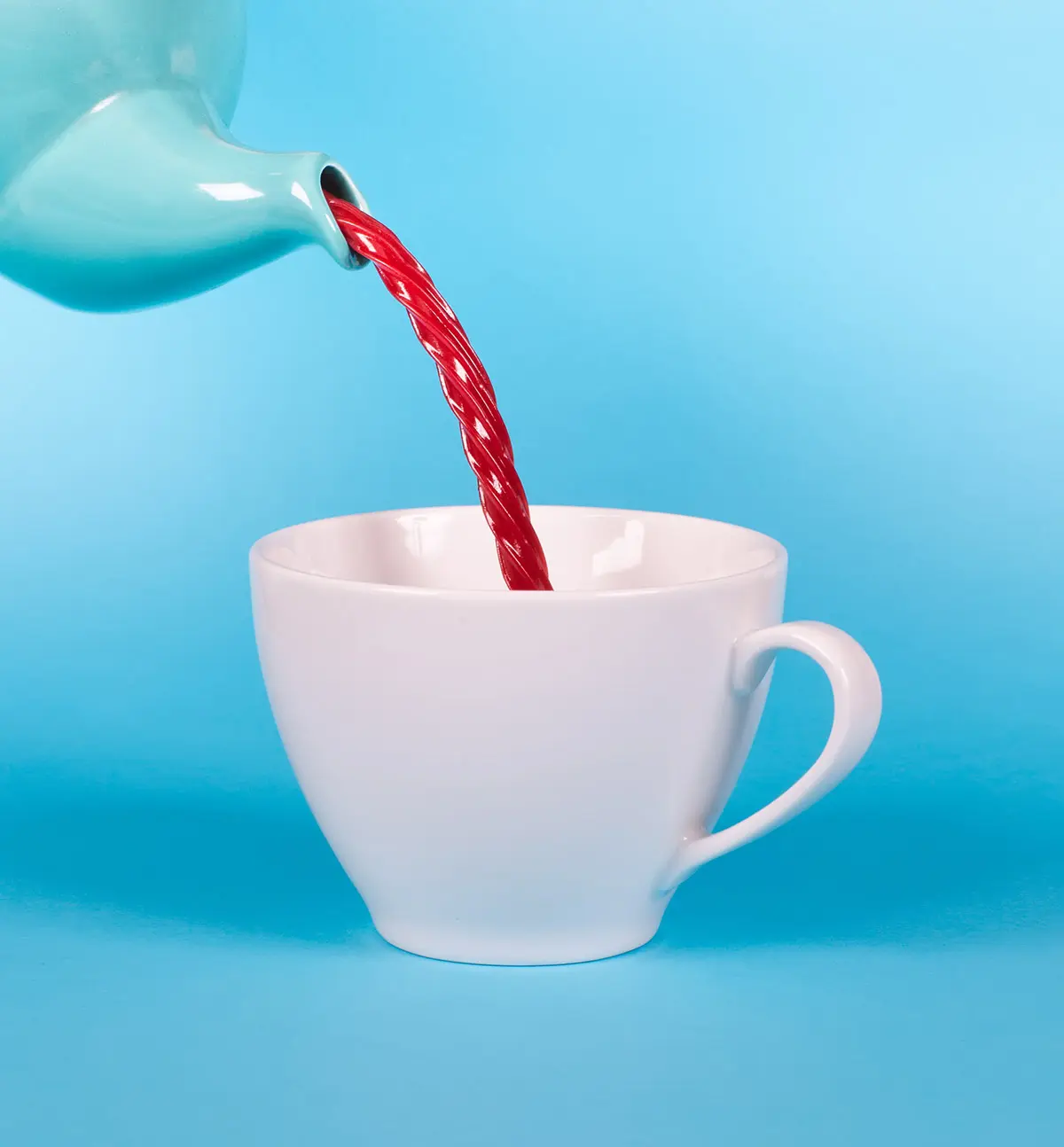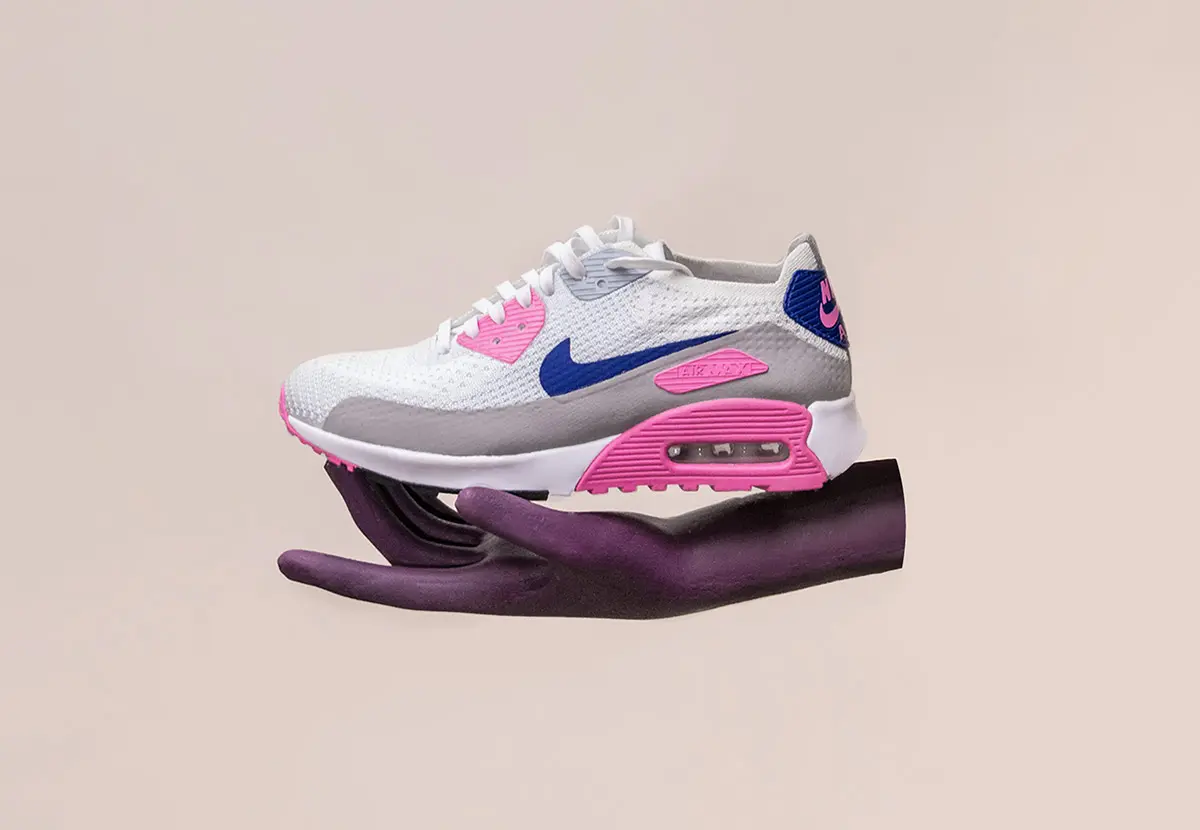Balancing Heritage with Modern Living
This 2,800 square foot loft in a converted textile factory presented both opportunities and challenges. The clients wanted to preserve the industrial character—exposed brick walls, timber beams, and concrete floors—while creating a comfortable, contemporary living space that accommodated both family life and work-from-home needs.
The central design challenge involved respecting the building’s historical elements while introducing modern conveniences and improving energy efficiency. We retained and restored the original wooden beams, cast-iron columns, and brick walls, making them focal points of the design. Large factory windows were preserved but retrofitted with energy-efficient glazing to maintain the industrial aesthetic while improving thermal performance.
The floor plan was reconfigured to create a spacious open-concept living area that flows into a chef’s kitchen, while still providing private spaces for bedrooms and home offices. A new mezzanine level was carefully inserted to maximize living space without disrupting the loft’s soaring ceilings and sense of openness.
Materials were selected to complement the building’s industrial heritage—blackened steel, reclaimed wood, and polished concrete—while adding warmth through textiles, custom cabinetry, and strategic lighting. Custom furniture pieces were designed specifically for the space, including a dining table made from reclaimed factory floorboards and steel fixtures salvaged during demolition.
The project was completed within 8 months and came in 5% under budget, despite supply chain challenges. The renovation has been featured in Architectural Digest and Urban Living Magazine as an exemplary blend of historical preservation and modern design.
title: “Botanical Gardens Identity” category: “Brand Design” description: “A comprehensive brand identity system for a historic botanical garden, blending natural elements with contemporary design.” layout: project/with_slider about_title: “Growing Design” client_name: “Royal Botanical Society” date: “2023-09-08” project_url: “https://example.com/botanical-identity” previous_project: “/projects/sample-with-slider” next_project: “/projects/sample-with-slider-3”
Slider images
top_slider:
- image: “/assets/img/photos/cs7.webp” title: “Primary Logo Application” caption: “The main logo in its natural habitat”
- image: “/assets/img/photos/cs8.webp” title: “Wayfinding System” caption: “Directional signage incorporating botanical elements”
- image: “/assets/img/photos/cs9.webp” title: “Print Materials” caption: “Seasonal program guides and membership materials”
- image: “/assets/img/photos/cs10.webp” title: “Digital Applications” caption: “Website and mobile app interface designs” —
The Royal Botanical Gardens needed a brand identity system that would honor their 150-year heritage while positioning them for the future. Our solution draws inspiration from the geometric patterns found in nature—the Fibonacci sequence, golden ratio, and plant cellular structures—to create a flexible and living brand system.
The core mark is constructed using overlapping organic shapes that form a stylized flower, with each petal representing one of the garden’s main collections. This modular approach allows the identity to grow and adapt across applications, from small membership cards to large-scale environmental graphics.
The color palette was developed through careful observation and documentation of the gardens throughout the seasons. We created four seasonal color sets that allow the brand to evolve naturally throughout the year, reflecting the changing character of the gardens themselves.
Typography plays a crucial role in the system, pairing a classical serif for headlines with a clean, contemporary sans-serif for body text. The combination mirrors the garden’s blend of historic and modern elements. We also developed a custom set of botanical icons for wayfinding and communication materials.
-
Date
18 Jul 2023
-
Client Name
Marcus & Claire Donovan



